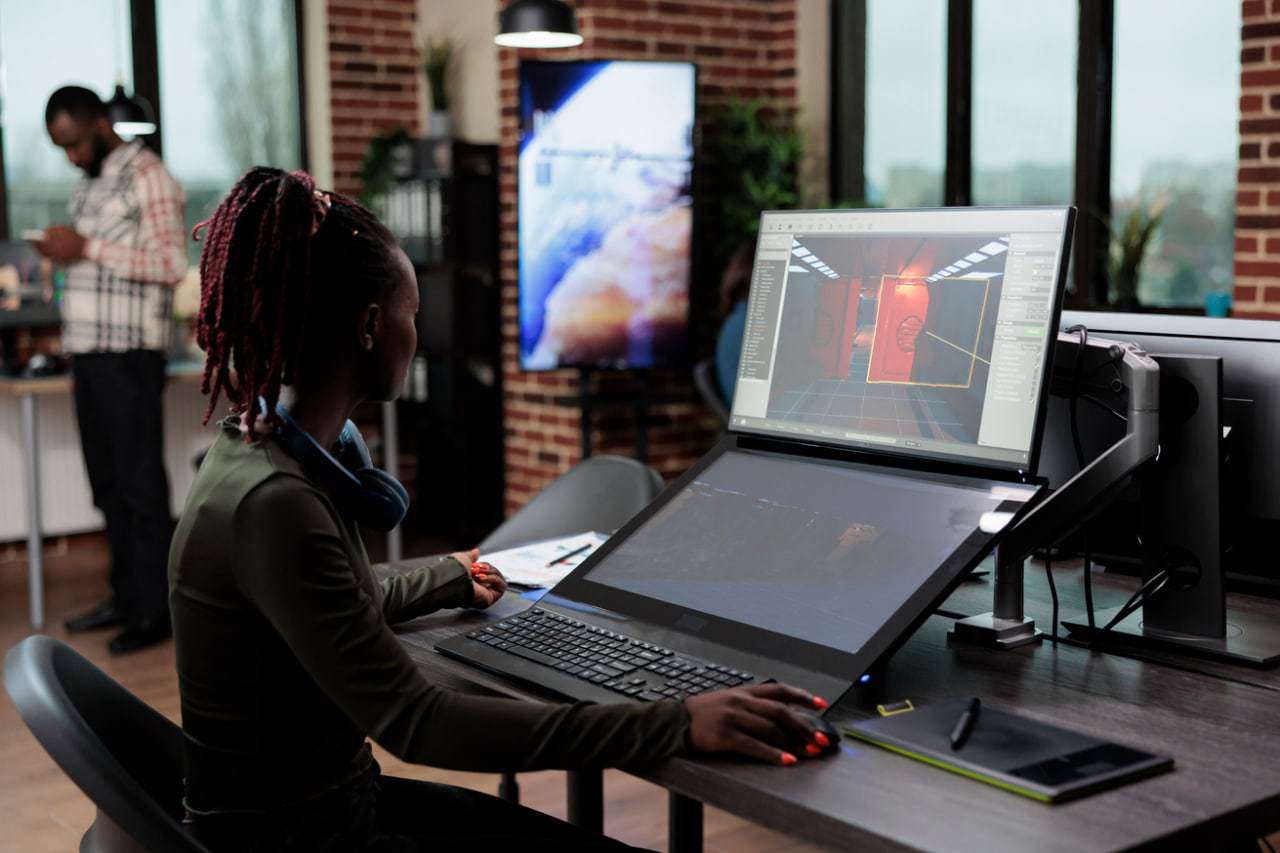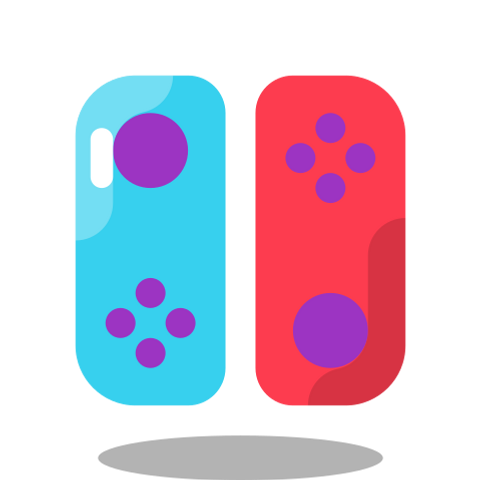Beautiful Plants For Your Interior

A strong portfolio is the most powerful tool for any aspiring game artist. It showcases your skills, creativity, and potential to employers, studios, or clients. Unlike a resume, which lists achievements, a portfolio demonstrates what you can do through tangible examples of your work. For beginners, building a first portfolio can seem overwhelming, but with the right approach, it becomes an exciting opportunity to define your artistic voice and open doors to the game industry.
Understanding the Purpose of a Portfolio
Before creating a portfolio, it’s important to understand what it should achieve. In game illustration, a portfolio is not just about showing artistic talent; it is about proving that you can create art that functions within a game. Your portfolio should communicate your ability to design characters, environments, and assets that are visually engaging, consistent, and aligned with gameplay or storytelling goals. A focused portfolio is far more impactful than one filled with random, unrelated projects.
Choosing the Right Pieces
Quality is always more important than quantity. A beginner’s portfolio does not need dozens of works; six to ten strong, polished pieces can be enough. Each piece should highlight different aspects of your ability:
- A character design sheet with expressions and poses
- An environment concept with mood and atmosphere
- A prop or object design that demonstrates attention to detail
- A splash illustration or promotional artwork with strong composition
- A visual storytelling piece showing interaction between characters and environments
Including a variety of works shows versatility, while focusing on specific strengths helps define your personal style.
Structuring Your Portfolio
Organization plays a huge role in how your portfolio is perceived. Start with your strongest piece to immediately capture attention. Group related works together, such as all character designs in one section and environment concepts in another. Avoid overwhelming the viewer with unfinished sketches unless they serve a clear purpose, such as demonstrating your process. A clean, professional presentation with minimal distractions ensures that your art remains the focal point.
Showing Your Creative Process
Employers and clients often want to see more than the final result. Including sketches, thumbnails, and step-by-step breakdowns of how you develop an illustration shows your problem-solving skills and artistic thought process. Process work highlights how you approach challenges, refine concepts, and polish details. This level of transparency makes your portfolio more compelling and professional.
Choosing the Right Platform
A portfolio is only useful if people can see it. Digital platforms like ArtStation, Behance, and personal websites are popular choices for game artists. These platforms provide clean layouts and allow for easy sharing with studios or freelance clients. A personal website can offer more customization and branding opportunities, giving your work a unique identity. Social media accounts can complement your portfolio but should not replace it, as they often lack the professional structure that recruiters expect.
Common Mistakes to Avoid
Many beginners make mistakes that weaken their portfolios. Some of the most common include:
- Including too many unfinished or low-quality pieces
- Lacking variety or focusing too heavily on one skill
- Using inconsistent styles without demonstrating intent
- Presenting work without context or explanation
- Cluttering the portfolio with unnecessary designs
Avoiding these mistakes ensures your portfolio communicates professionalism and clarity.
Updating and Growing Your Portfolio
A portfolio is never truly finished. As you improve your skills and complete new projects, older pieces may need to be replaced or refined. Regularly updating your portfolio ensures that it reflects your current abilities and artistic direction. Setting aside time every few months to review and revise your portfolio helps you stay relevant in the fast-changing world of game illustration.
